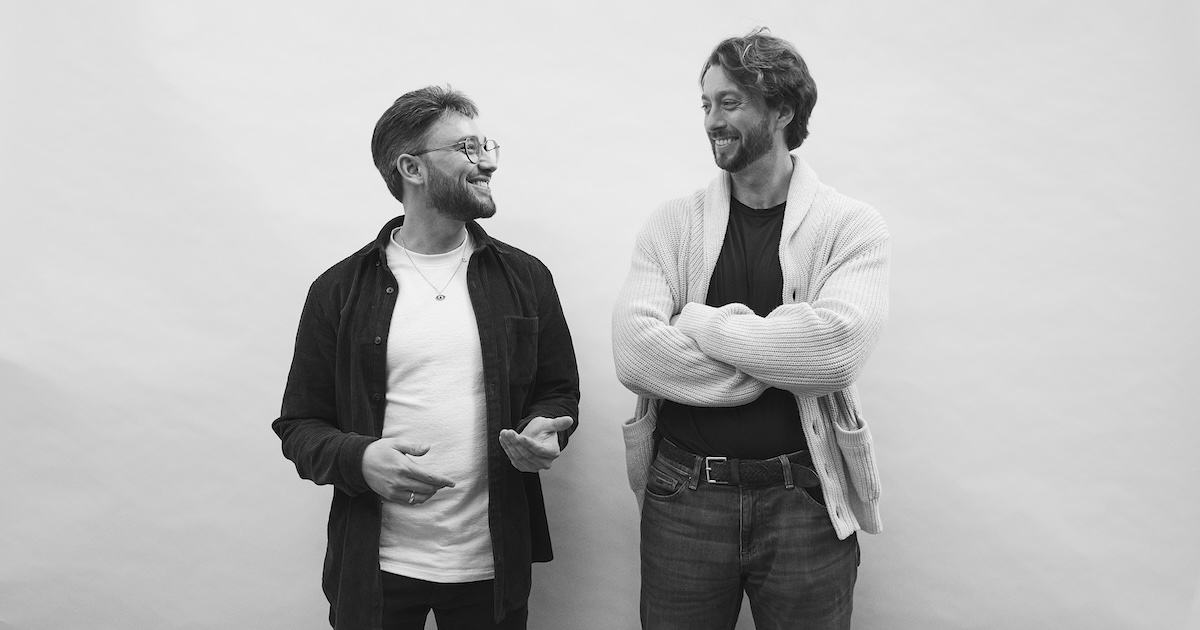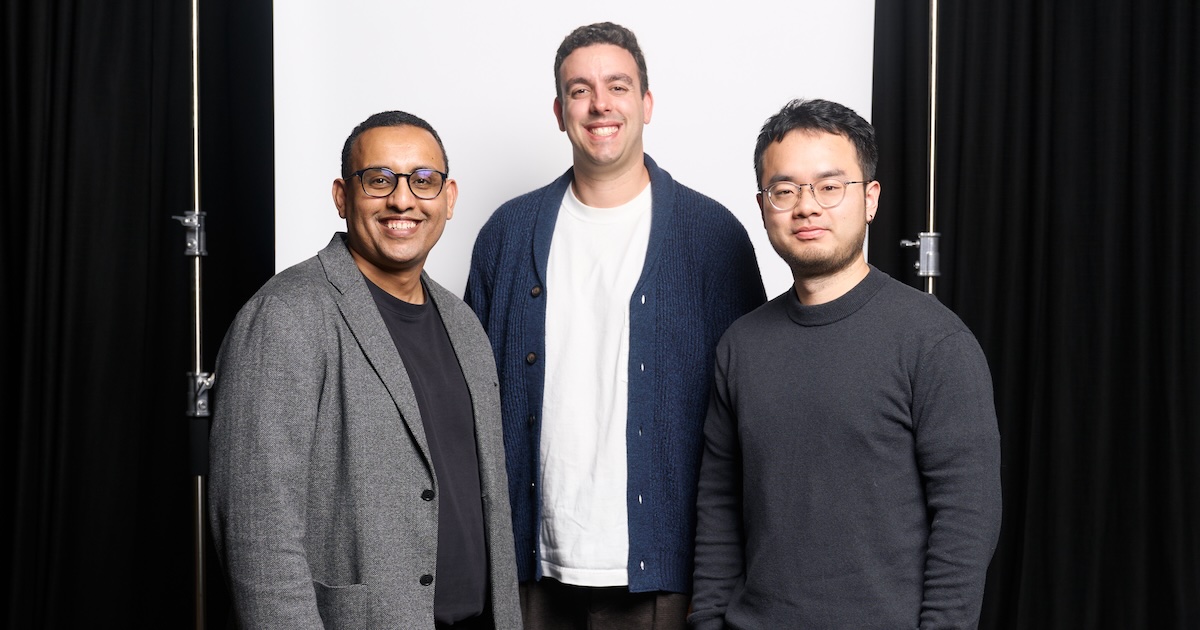
Starting your startup: building your minimum viable product (MVP)
Part Three in our series for aspiring founders starting a startup, with advice for building your minimum viable product (MVP) from Blackbirds and friends.
In the first part of this series, we explored how to find and identify startup ideas, and in the second part we shared methods for validating a problem and experimenting with solutions. In our third and final feature, we’ll share advice for building your ‘minimum viable product’ - the prototype of your startup’s “product”.
It can be strange to think of your initial idea or passion as a problem and solution, let alone a product. But we can define a product in all kinds of ways. Generally described as any item or service you sell to serve a customer’s need or want, a product can be physical or virtual. It could be a product and a service (eg: Software as a service, Talent as a service), a community, a marketplace or so many other things. In the Blackbird portfolio, there are products from cleaning robots to charity donation platforms, scheduling software to satellites and hundreds more in between.
Read on for advice from Blackbirds and friends on building on the solutions you defined in Part 2 to deliver your first product, and how to continue iterating from there.
Think like a product manager
Tom Verrilli, Chief Product Officer at Twitch says building a great product starts with thinking like a product manager. “In [the] simplest terms, product managers are the owners of questions that start with W; who is our customer? What problem(s) are they having? Which problem are we trying to solve, or what are our priorities? What are the critical components of a solution? And what does success look like?” says Tom. On the flipside, “they don’t own questions that start with a H such as; how should we solve it, how should the solution look and feel, how should we build it and how long should that take?”
Tom’s suggestion for developing products is to stick to a “happy path” of product management. This includes:
- Crisp articulation of the customer/problem (head back to Part 2 for more on this!)
- A clear set of solution requirements: “describing the requirements of what it needs to do is very different from how we build it”
- A documented priority list - this allows the technical folks to pre-plan and work on the most important things first.
If you’re trying to do all of these things simultaneously, you need to watch out for “scope creep” Tom says, as you can get distracted building unnecessary complexity because you can (or because you get pulled down a rabbit hole in your work as the founder/product manager/designer). You need to “be clear on which hat you’re wearing and when”, and make sure you first answer all the ‘W’ questions before you start on the ‘H’s. Hint: use Tom’s template if you’re doubling as a product manager to map out your happy path - and to keep you focused on where your product scope sits on the variable graph.
Focus on the ‘Minimum’ in MVP
Dovetail co-founder Benjamin Humphrey says building your MVP comes back to the word minimum: distilling your idea into something that resonates with the audience you’re going after, and validating it “with the least amount of effort in the shortest amount of time”. “The emphasis should be on getting customer feedback from your audience, so you can learn and iterate from it” he says.
A former product designer himself, Benjamin recommends setting a primary goal to determine whether your early product idea is viable with early customers. That could be dollars in the bank, but if you don’t feel you can charge for something, or it’s complex (such as deep tech or hardware where an MVP may be more difficult and time-consuming to develop than SaaS) you might have proxy metrics like active users.
Once you’ve set your primary goal, it’s time to build. Like Tom, Benjamin recommends a tight plan for building your MVP, including scope, timeline, who’s involved and your goals or metrics for what you’re hoping to achieve. “This will help you stay grounded when you’re tempted to pivot,” says Benjamin. “The trick is to squeeze and reduce the idea down to its essence and the feature set you can realise to validate the idea and nothing more.”
If you are building software, Benjamin suggests three approaches:
- in-house (do it yourself)
- outsource (get an agency or developer to do it)
- ‘fake it’ (manually do the thing that you are saying your product does)
There are pros and cons of each approach, but it depends on what your goal is and who your users are. Aiming for 2-3 months to get an MVP out is a good guideline - as Benjamin stresses, the point isn’t to have a big splashy launch, but to get the product in front of people and test for user feedback ASAP. “The number one goal isn’t hype or buzz, it’s getting customers or users” Benjamin says. “Make sure you go where your audience is - don’t waste time launching on a platform if they’re not your audience”.
Validate your initial solution as a set of hypotheses
As Benjamin says, you don’t need to launch with a picture-perfect product - in fact, you shouldn’t. If there’s one takeaway from this entire series, it’s the importance of customers to validate your idea, solution and eventual product. Because a product doesn’t exist without customers.
Startup advisor Kirsty Traill says you need to start by defining who your customer is. Based on the user research you’ve conducted, you can create core customer personas (there’s plenty of free templates online) and build a knowledge graph to validate this customer through your early product experiments and MVPs. “It’s really important to understand [their] goals and challenges...and how your service or solution can address these.”
Building from a strong understanding of your customer will not only help you build your product, but guide your marketing messaging, define your customer journey and help you identify the “Wow moments” or pain points in your customer’s experiences, in turn driving more repeat customers and further product innovation. “You want to truly, deeply understand who your customer is, and where they’re finding information about your product/brand/service so you can deliver the things at the right time...effectively and faster”.
This starts by paying close attention to your early adopters - even if there’s only a few of them - to help spotlight what to focus on as you build on your MVP. “Seemingly very simple, very easy changes have a huge impact on your ability to save a significant amount of money and have customers returning over and over again” says Kirsty. She suggests a customer dashboard (this can start in a very rudimentary way) to track and assess the customer experience of your product, from awareness to evaluation, acquisition, engagement and advocacy. “Look for areas where this is lower than the industry benchmark, and dig into why that might be”.
We hope you’ve found this series useful - if there’s one final comment we hope you’ll take from this content, it’s the importance of just starting! You won’t know if an idea is worth pursuing until you dig in. You won’t know if a problem is really a problem until you know enough people have it. And you won’t be able to guarantee your solution is the right one until you’ve put it in front of users and seen them come back to keep using it.
Want more advice for starting out? We took these lessons from Giants, our free program for founders at the very beginning. Our next free, fully-virtual cohort launches soon - apply here to take part.









